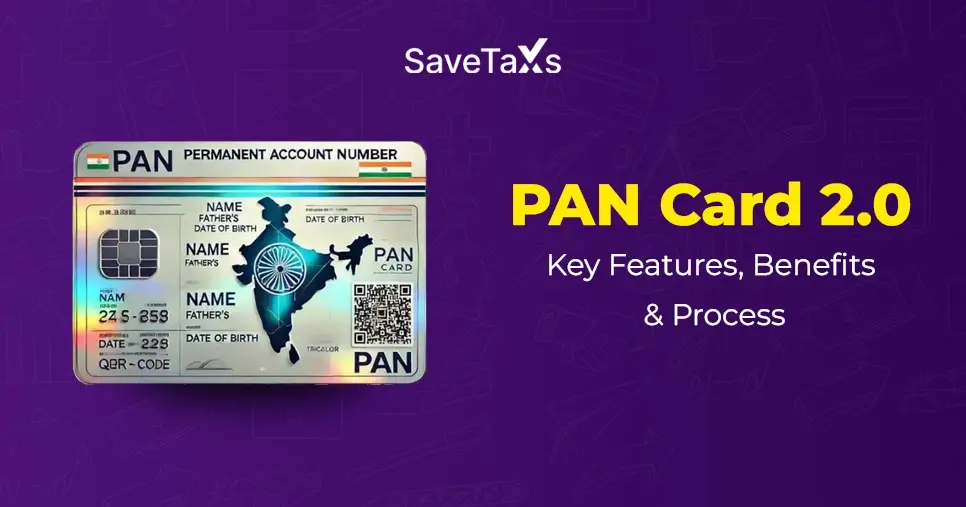- Key Takeaways
- What is Form 1065?
- Who Needs to File Form 1065?
- What is a Pass-Through Entity?
- Do Pass-Through Entities Pay Taxes?
- Are Partners Required to File a Form 1065?
- Schedule K-1 and Form 1065?
- When Do You Need Form 1065?
- Can I Get an Extension to File Form 1065 Later?
- What If I Don't File Form 1065?
- To Conclude
Form 1065 is crucial to report profits, lossess, deductions, and credits to the IRS for domestic (as well as some foreign) partnerships. It ensures that income is passed accurately through to partners for individual reporting.
In this blog, we will learn how to file Form 1065 properly to ensure compliance and precise tax reporting.
Key Takeaways
- Form 1065 is used to report the business performance of your partnership to the IRS every tax year.
- Even though partnerships don't pay taxes, they use Form 1065 to prepare Schedule K-1s. (if required, Schedule K-3s also) to pass through income as well as losses to partners.
- The deadline to file this Form 1065 tax form is the 15th day of the 3rd month after your partnership's tax year ends. You may apply for an extension if needed.
- If the headquarters of your domestic partnership is situated in the U.S., you need to file Form 1065 annually. Unless you neither acquire income nor receive qualified expenses for deductions or tax credits.
- Not filing Form 1065 on time may attract penalties. It will result in paying significant charges every month for the delay per partner.
What is Form 1065?
Form 1065, U.S. Return of Partnership Income, is the main partnership tax return, used by partnerships. They use it to submit a statement regarding financial performance and position to the IRS every tax year. It contains details about a partnership's income, gains, losses, etc., during the tax year.
It is used by partnerships to prepare Schedule K-1s for each partner to pass through all the income and deductions to the owners.
Who Needs to File Form 1065?
The following partnerships are required to file Form 1065 as per the requirements:
- Domestic Partnerships
Every domestic business partnership whose headquarters is in the United States must file Form 1065 yearly. It includes general partnerships, limited partnerships, and limited liability companies (LLCs).
Make sure that the LLCs are categorized as a partnership with at least two members. Partnerships that neither receive income nor have any qualifying deductions or tax credits do not need to file Form 1065. Such partnerships include corporations, religious or apostolic organizations, and others. They are not required to report the amount of taxable income they have.
This income must be allocated as a dividend among the members. Doesn't matter whether they are distributed or not. Form 1120, U.S. Corporation Income Tax Return, can be used for this purpose.
- Foreign Partnerships
When a foreign partnership gets gross income linked with a trade or business managed within the U.S.
Also, if it has gross income acquired from a U.S. source. Then, it needs to file Form 1065 to report its income and the way it will be distributed among partners.
This will apply even if its main business place is situated outside the United States. Also, if every member is a foreign person. Foreign partnerships filing Form 1065 generally need to report all applicable foreign and US partnership items on Form 1065.
The following are two exceptions for foreign partnerships that must file Form 1065:
- Exception for foreign partnerships having US partners
Foreign partnerships that have US partners must fulfill all the following criteria to be eligible to claim an exception to filing Form 1065:
- It had a US source income of either $20,000 or less during its tax year
- The partnership is not a withholding foreign partnership as stated in regulations section 1.1441-5(c)(2)(i)
- It had no U.S.-derived income acquired from a trade or business throughout the tax year. (also known as effectively connected income)
- Any partnership item of income, gain, loss, deduction, or credit below 1% was distributed in the combined to direct US partners at any time throughout the year.
- Exception for a foreign partnership having no US partners and no effectively connected income
On the contrary, a foreign partnership that acquires income from a US source does not have to file a return if it fulfills the following requirements:
- It had no US partners at any time throughout the tax year
- Partnership had no effectively connected income from either a trade or a business
- It is not a withholding foreign partnership as stated in regulations section 1.1441-5(c)(2)(i)
- All required forms and information were filed by the partnership or other withholding agent. It includes Form 1042, an annual withholding tax return for the U.S.-source income subject to withholding as requested by regulations section 1.1461-1(b) and (c),
- The tax liability for every partner for amounts reportable under the regulations section 1.1461(b) and (c) has been met by the withholding of tax at the source.
If a foreign partnership submits Form 1065 solely to make an election, such as the election to amortize organization expenses in the U.S., it only needs to include its name, address, and the Employer Identification Number (EIN) on the first page of the Form.
Additionally, it should attach a statement referencing "Regulations Section 1.6031(a) - 1(b)(5)" and specifying the election being made. It is necessary for a foreign partnership filing Form 1065 for this purpose to acquire an EIN if they don't possess one.
Note: You may attract penalties if you don't file Form 1065 before the deadline, including a $220 penalty every month, per partner penalty for late filing, up to a maximum of 12 months.
What is a Pass-Through Entity?
Business structures have several types, each being organized at the state level. (Designations like an S-corp are tax elections made on federal taxes and not business structures.) It means the rules and regulations of a business structure may differ by state, while some business structures are often neglected at the federal level.
The IRS recognizes one of the two types of business structures as a pass-through entity (the other is a C Corporation). The name of a pass-through entity explains its purpose clearly, which is that it passes along all of its income to its owners to be taxed as the owners' income.
The structure of a pass-through entity comprises sole proprietorships, partnerships, and S corporations. Additionally, there are limited liability companies or LLCs, which are one of the most well-known business structures. However, the IRS mostly neglects LLCs for tax purposes.
The state level manages the formation of a business structure, and the IRS has decided not to make a separate tax structure for LLC taxes. Alternatively, LLCs can choose how they want to be taxed. It includes being taxed as either a Sole proprietorship (single owner), a partnership (multiple owners), an S-corporation (one or more owners), or a C-corporation (one or more owners).
Do Pass-Through Entities Pay Taxes?
Although the state rules may differ, pass-through entities typically don't pay taxes. Every income is passed through to owners on the Schedule K-1 to report on their personal income tax returns. They don't pay the federal corporate income tax; only C-corporations are liable for this taxation.
Are Partners Required to File a Form 1065?
The partnership needs to submit one Form 1065 to demonstrate the business's tax-related information for the tax year. It is then utilized to prepare each Schedule K-1 for the partners to acquire their share of the business's income and loss on their personal tax returns.
Schedule K-1 and Form 1065?
The first step for paying taxes on income acquired by the partnership is to file Form 1065. After the prepration of Form 1065, individual Schedule K-1s are prepared for each partner. Each Schedule K-1 mentions the allocated profits and lossess for each partner for the aggregate reporting period. After which, it is sent to the partner to use it to prepare their personal income tax return.
When Do You Need Form 1065?
Typically, a required domestic partnership (or a foreign partnership not fulfilling either exception for claiming a partnership tax return) needs to file Form 1065 by the 15th day of the 3rd month following the date of its tax year ended, as mentioned at the top of the Form 1065.
In case the partnership is a calendar year partnership, which is from January to December, the due date is the 15th of March. However, in case the tax year runs during a different period, such as July to June, you need to file Form 1065 by the 15th of September.
Now, what if the estimated deadline occurs on a Saturday, Sunday, or a legal holiday in the state where you are filing your return? The IRS will permit you to file the return by the next day, which is neither a Saturday, Sunday, nor a legal holiday.
Can I Get an Extension to File Form 1065 Later?
If you forgot to file or couldn't file Form 1065 for any reason and need some extra time, you may apply for an extension by filing Form 7004. It is an application for automatic extension of time to file specific business income tax, information, and other returns.
This way, you will be granted an extension of an extra six months to file your partnership tax return. However, remember, it won't provide you with an extension to pay any overdue taxes. Hence, you must know the amount each partner needs to report in taxable income.
Additionally, partners have to pay taxes on this reported applicable amount.
What If I Don't File Form 1065?
If you fulfill the minimum filing requirements, you are required to file your partnership Form 1065. You might attract some penalties if you fail to file on time.
The IRS will impose a penalty equal to $220 for each month of a part of a month (maximum of 12 months) if you file late, for the 2024 tax year. The failure to file continues, multiplying the total number of persons who were partners during any part of the partnership's tax year for which the return is due.
If the partnership receives a notice from the IRS regarding the penalty, it can send an explanation to the IRS informing them why the partnership failed to file. After which, the IRS will assess if your explanation fulfills reasonable-cause criteria for not filing the return.
The same penalty will apply if you fail to file a return, showing all the required information, unless such a failure occurred due to a reasonable cause. Additionally, failing to provide Schedule K-1 (and K-3) to a partner when due will also attract a penalty.
For every failure in the 2024 tax year, failing to produce Schedule K-1 (and K-3 is applicable) will impose a penalty of $290 on each Schedule. During the same tax year, the maximum penalty for all such failures is $3,532,500.
If the partnership adds wrong information intentionally, the penalty of $290 will rise to $580, or if greater, 10% of the total amount of items needs to be reported. There will be no limit on the penalty amount if you avoid filing intentionally.
To Conclude
Form 1065 is a crucial IRS tax document for partnerships used to report profits, losses, deductions, and credits. All partnerships need this, including domestic partnerships, foreign partnerships with U.S. income, and some non-profit organizations. Each partner must furnish a Schedule K-1, mentioning their share of the financial activity of their business.
Regardless of knowing everything, tax filing can get challenging at times. That is when Savetaxs comes to your rescue. Our team of professionals has been providing taxation services for decades now. Connect with us right away, and get expert assistance right at your fingertips.

Mr Varun is a tax expert with over 13 years of experience in US taxation, accounting, bookkeeping, and payroll. Mr Gupta has not prepared and reviewed over 5000 individual and corporate tax returns for CPA firms and businesses.
- What is IRS Tax Form 1120?
- What is Form 1040-NR
- Self Employment Tax: Meaning & How To File It
- 9 US States With No Income Tax
- Difference Between Residents And Non-Residents Aliens And Their Taxes
- Everything to Know About the 1040-SR Form for Filing Seniors
- What is an S corp - Overview, Taxes and How To File
Want to read more? Explore Blogs
Frequently Asked Questions
No matter what your source of income is, we've got you covered. There’s a plan for everybody!
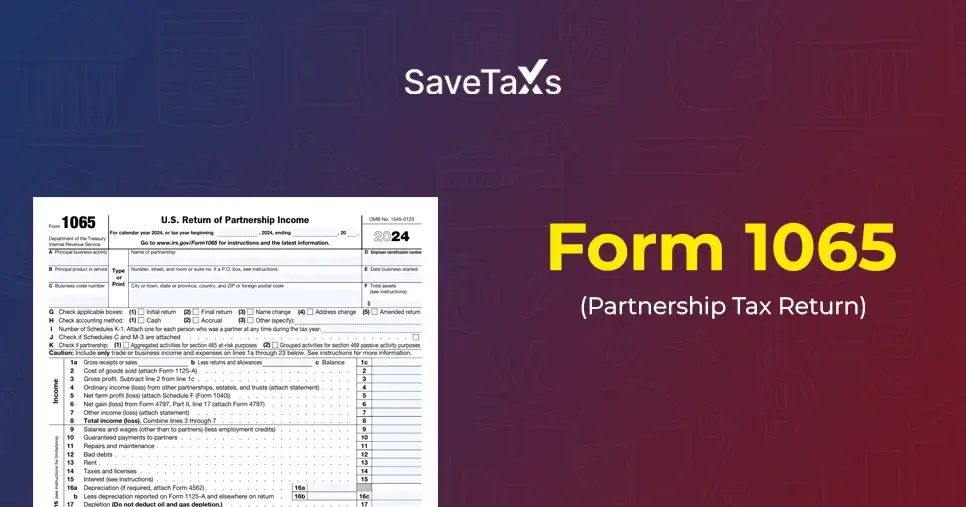

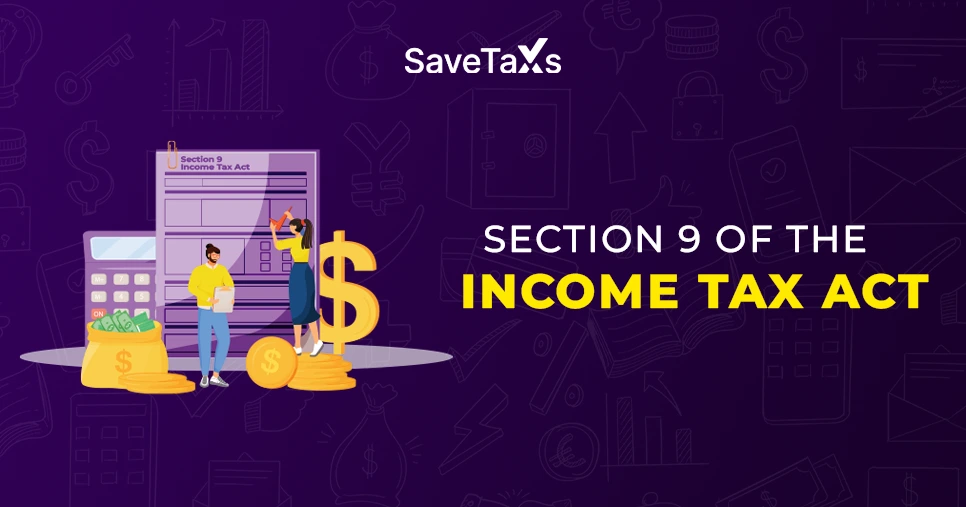
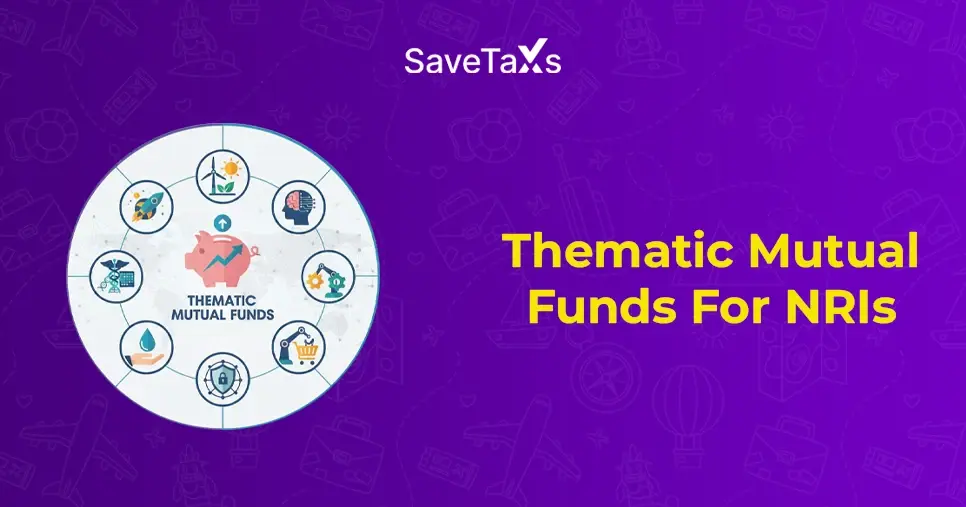
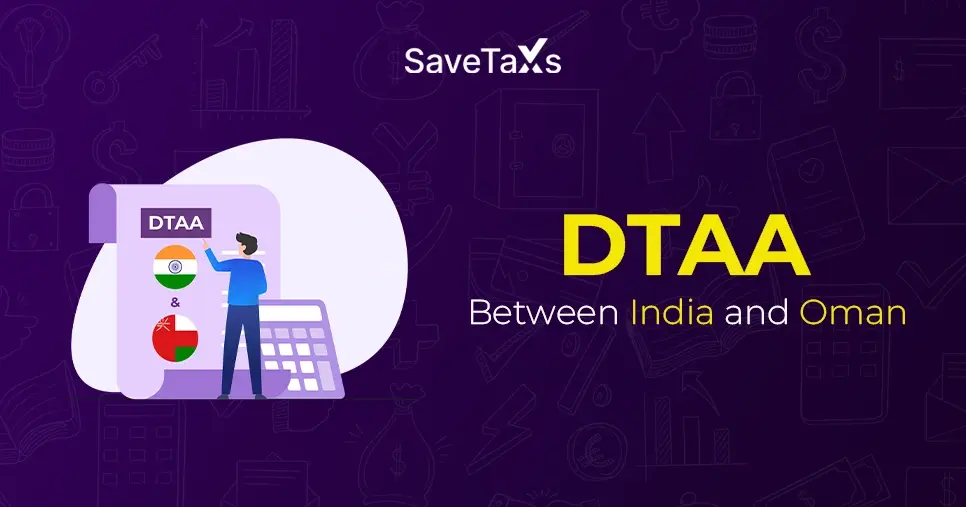
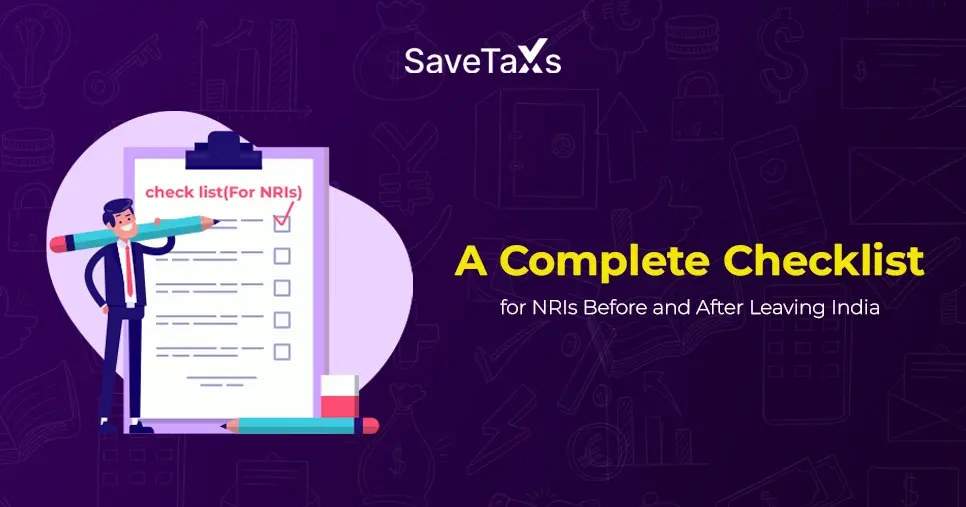

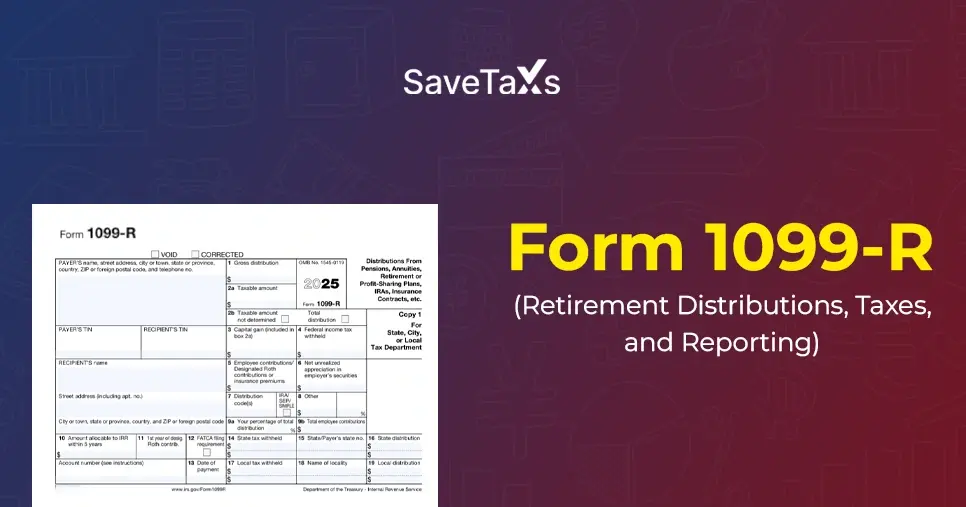
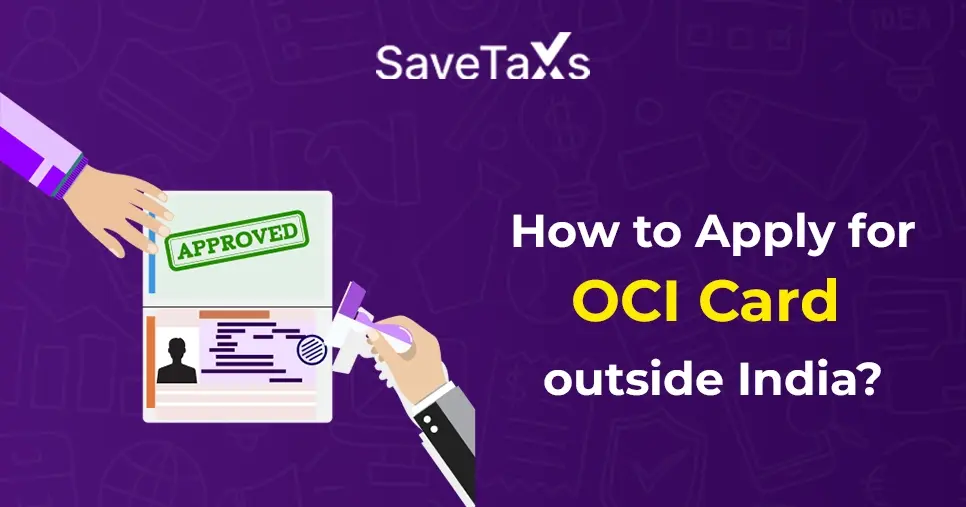

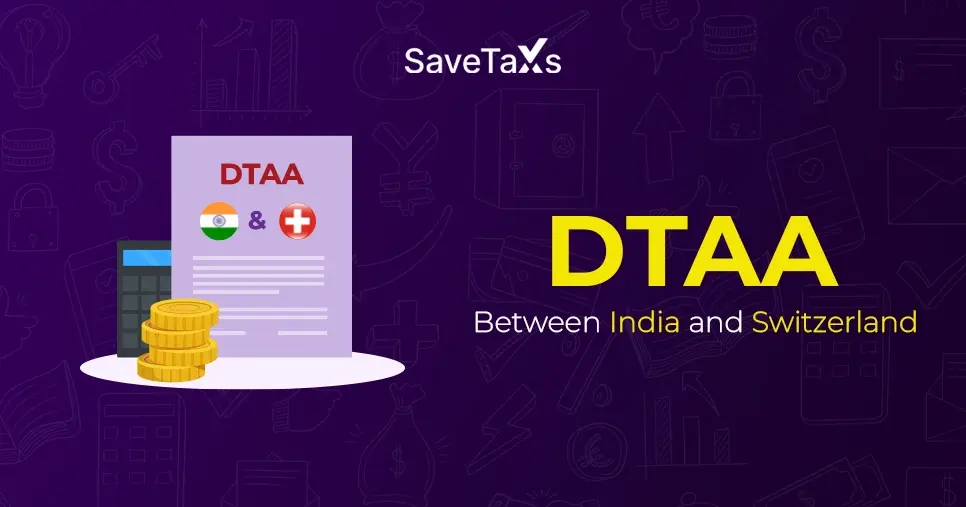
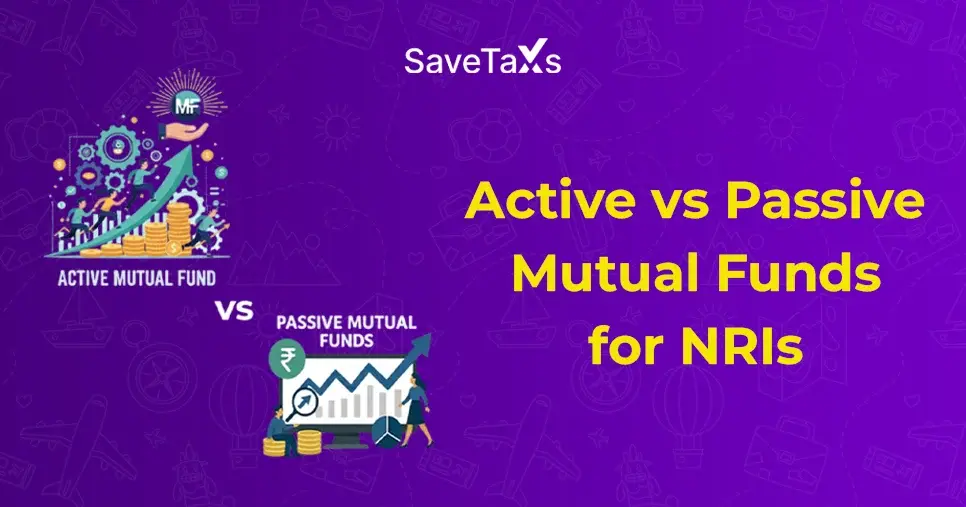
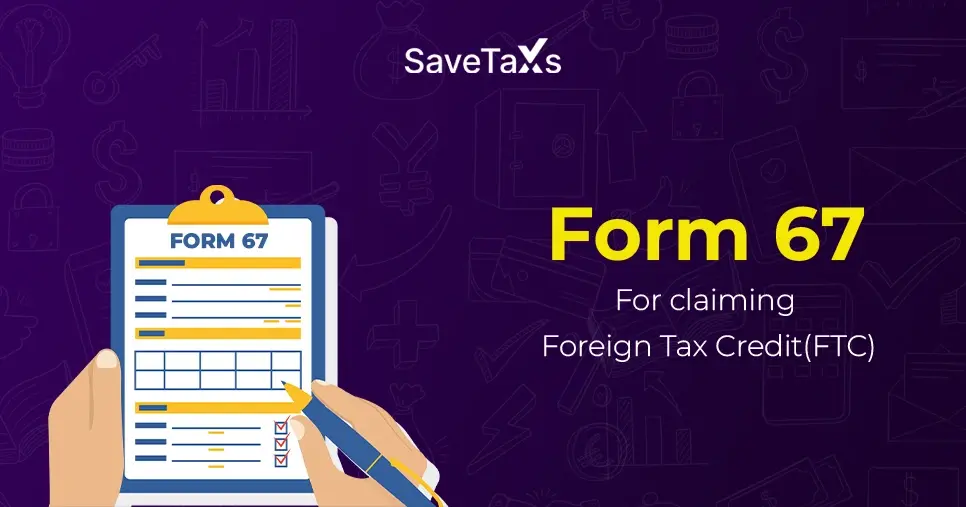
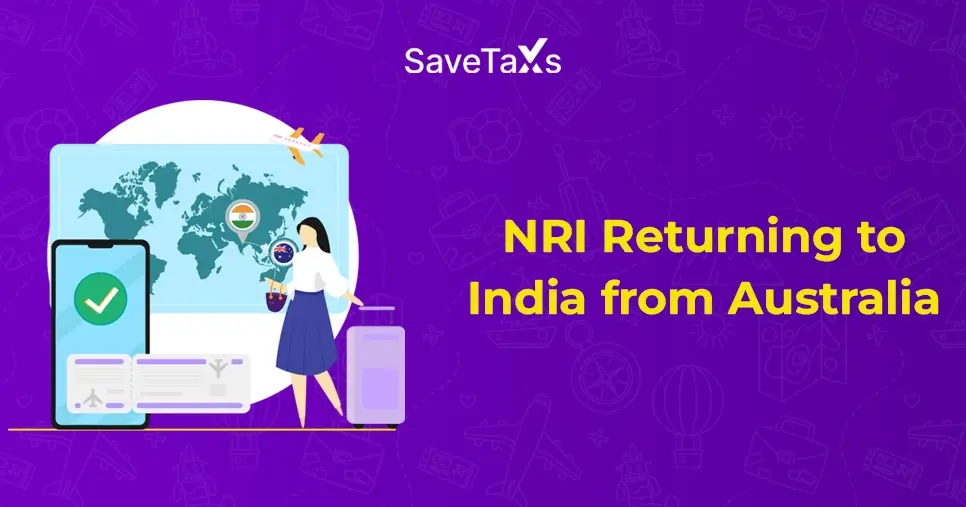
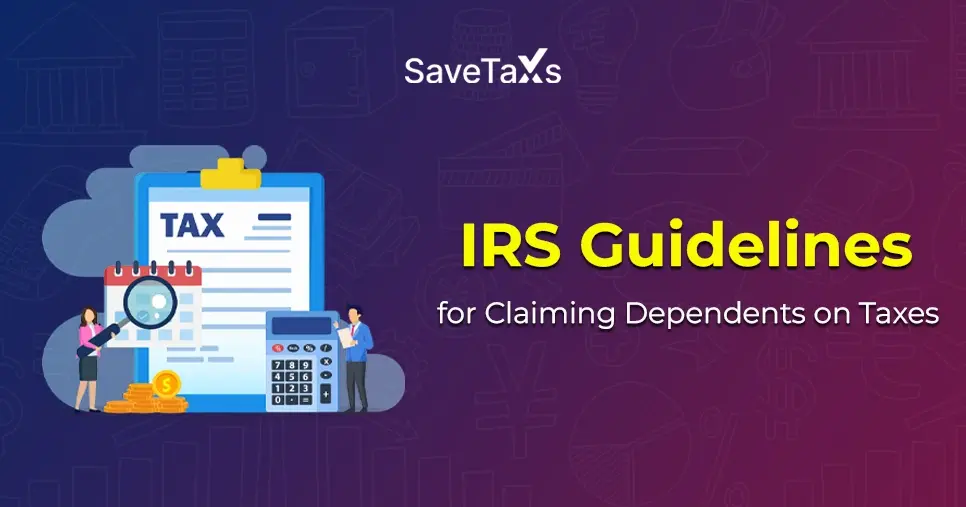
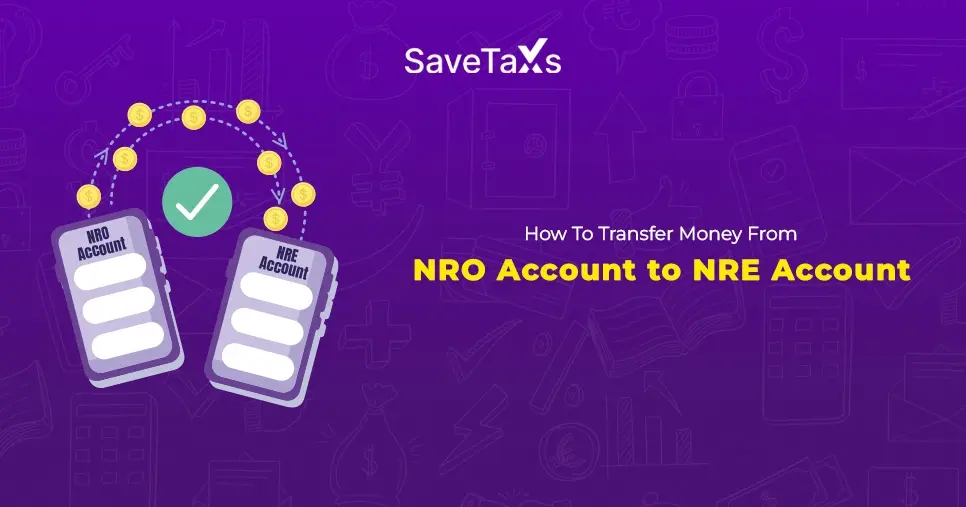
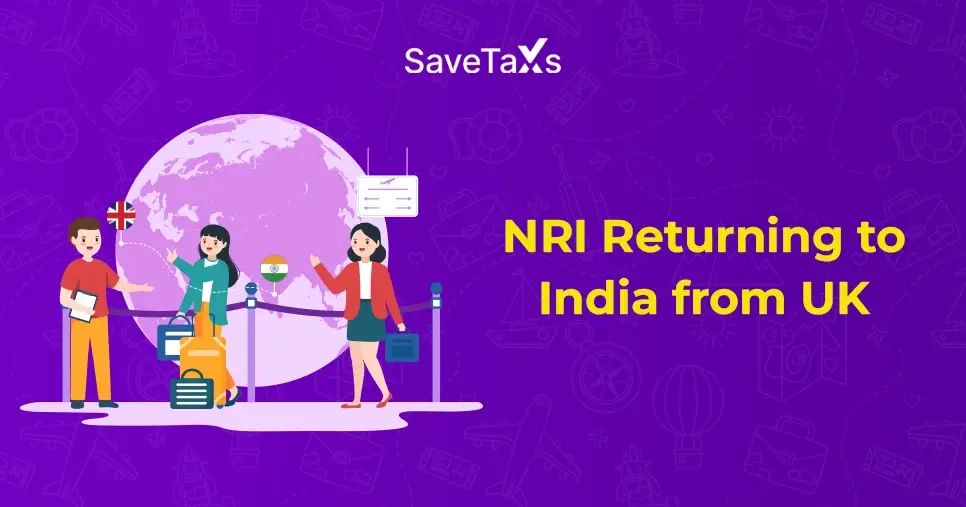
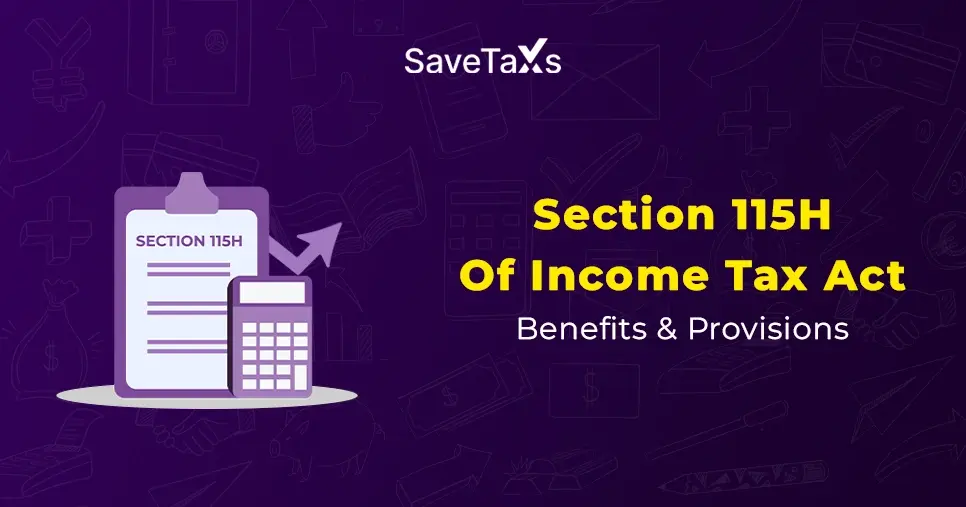
_1752921287.webp)

